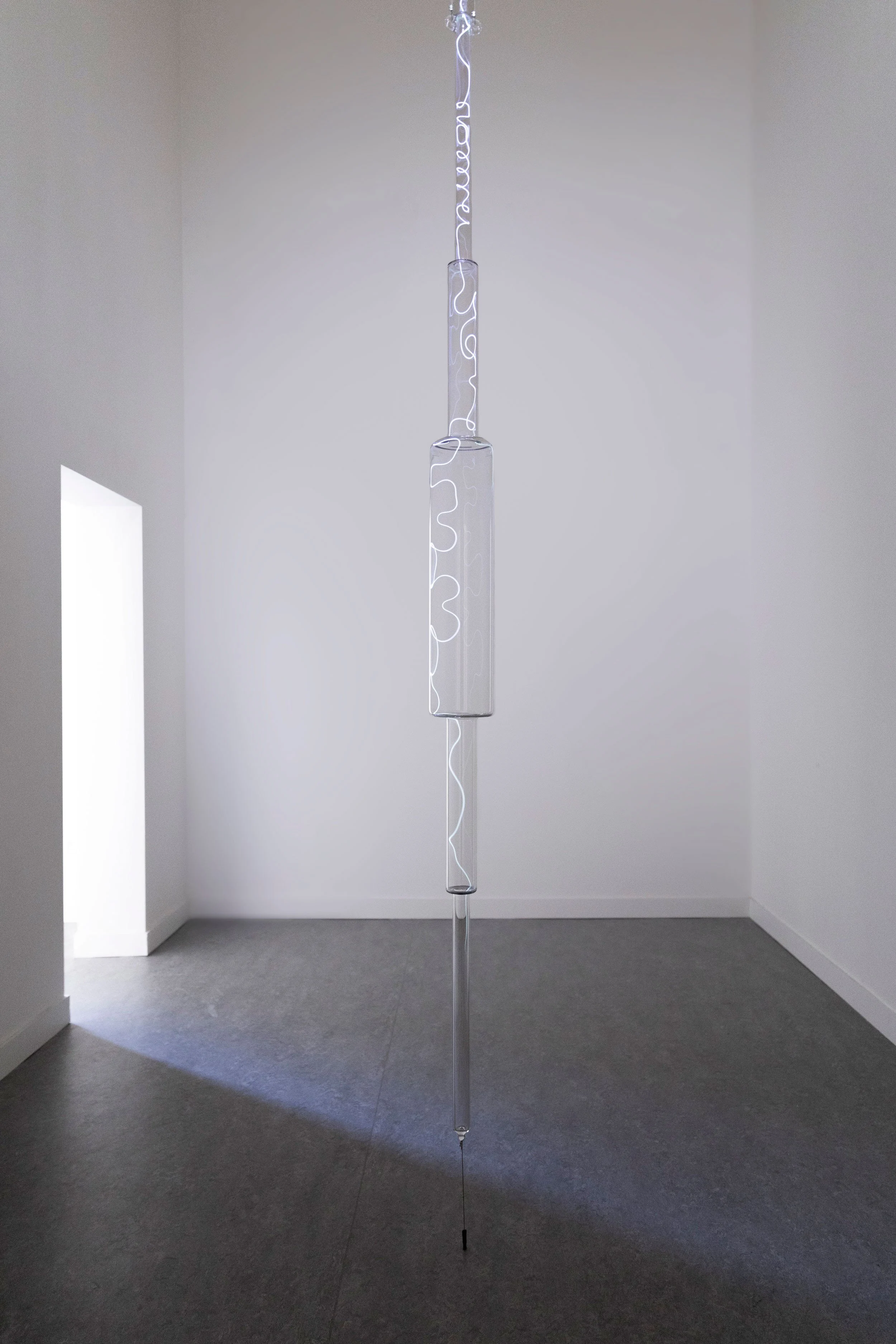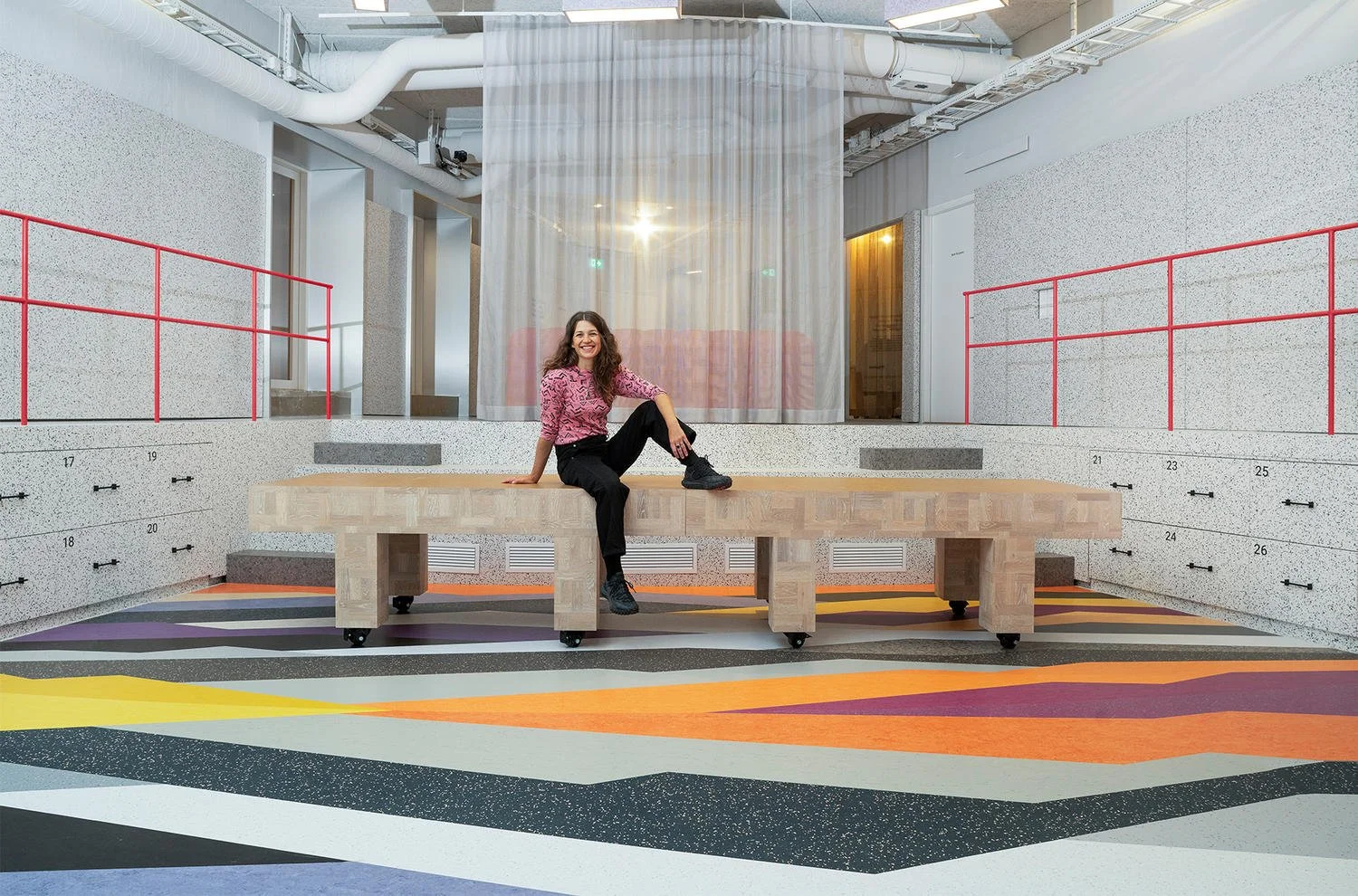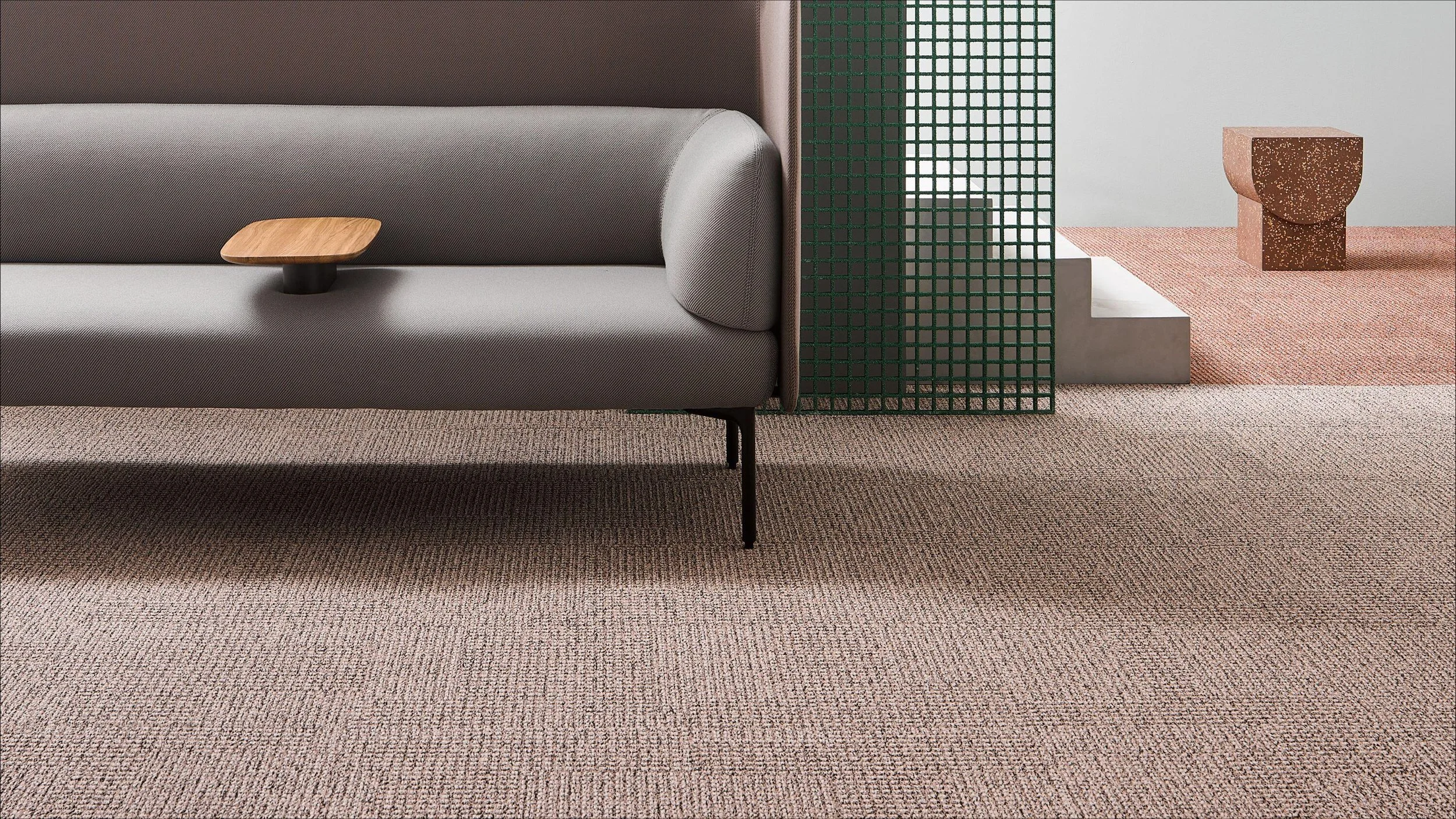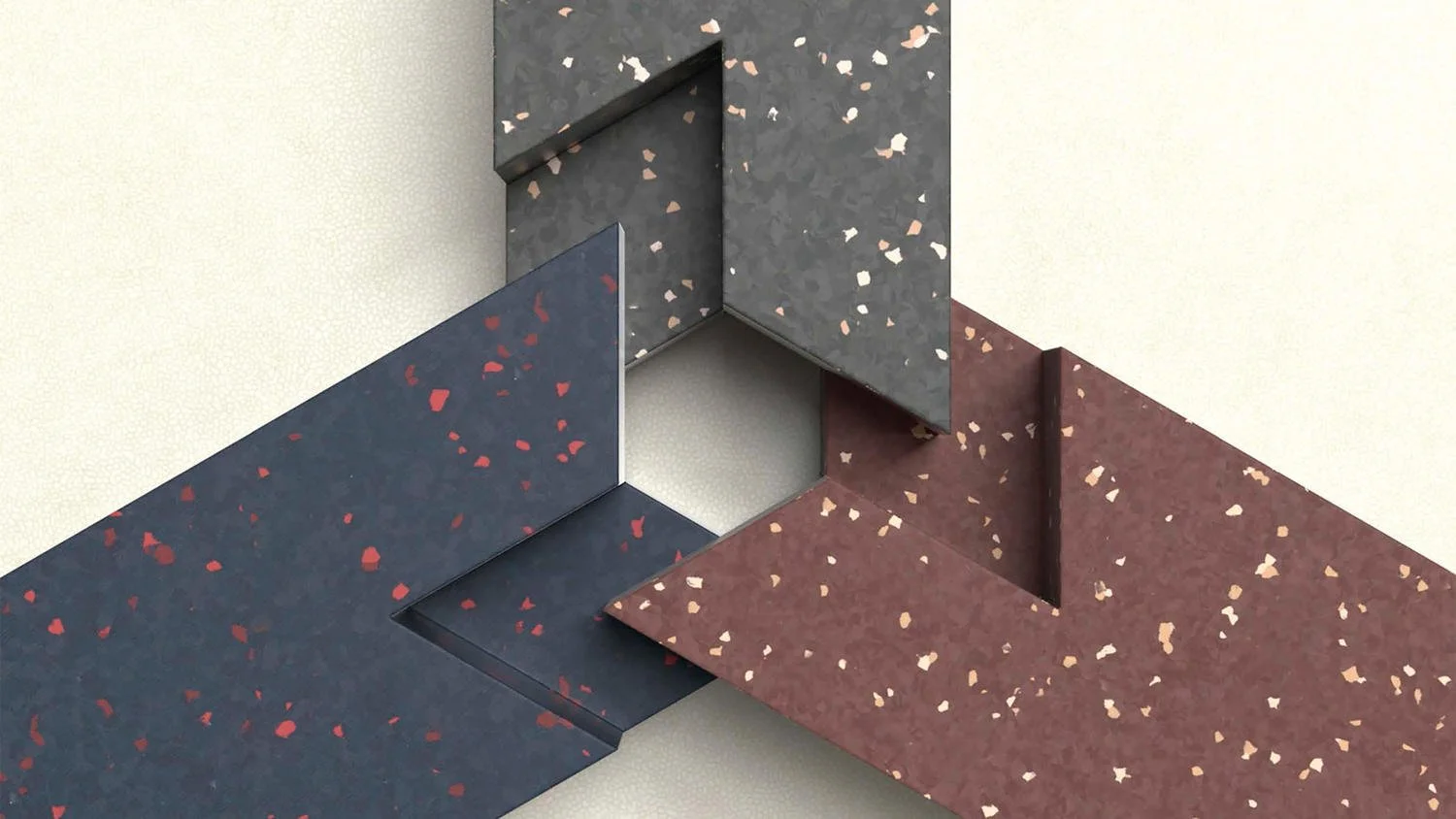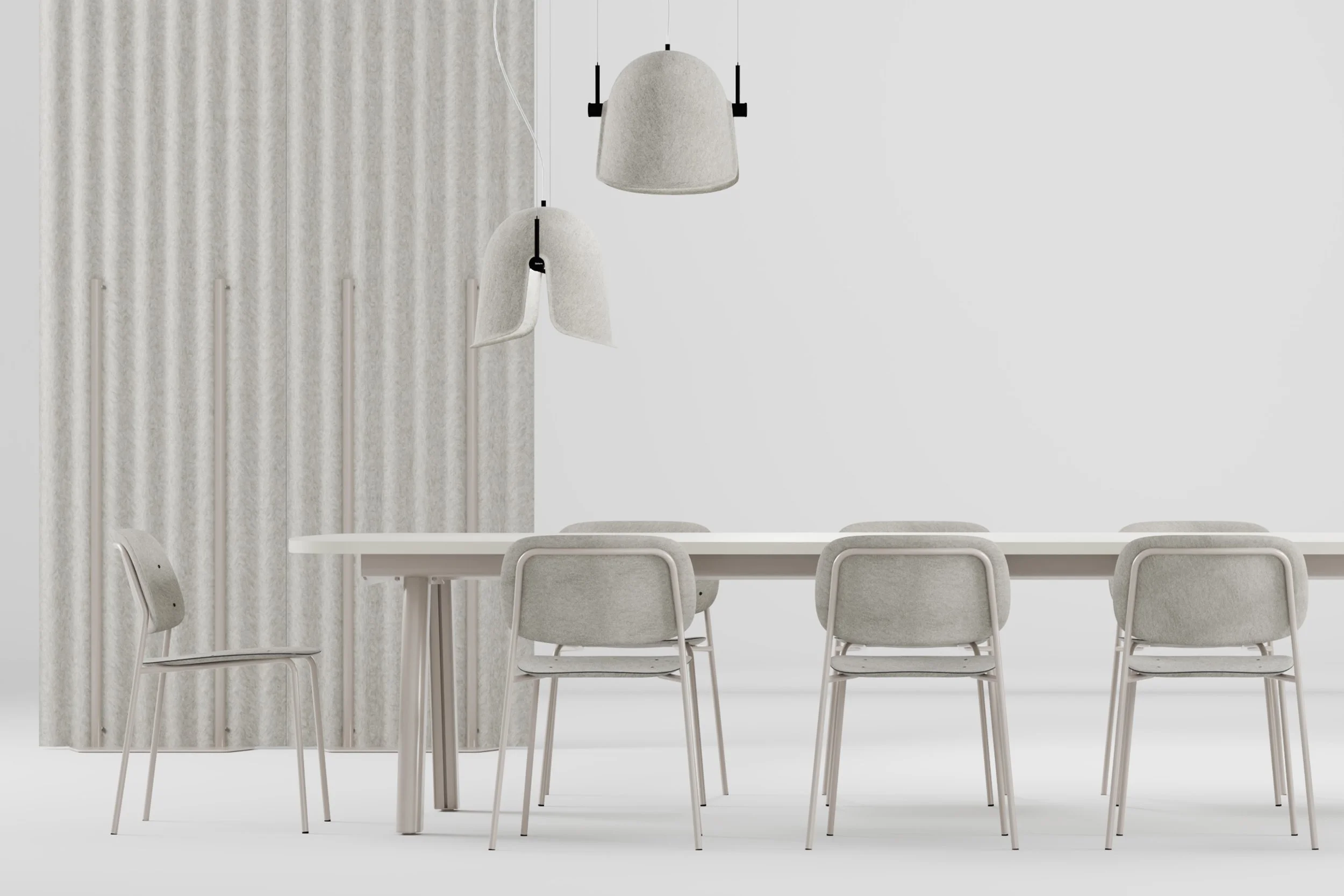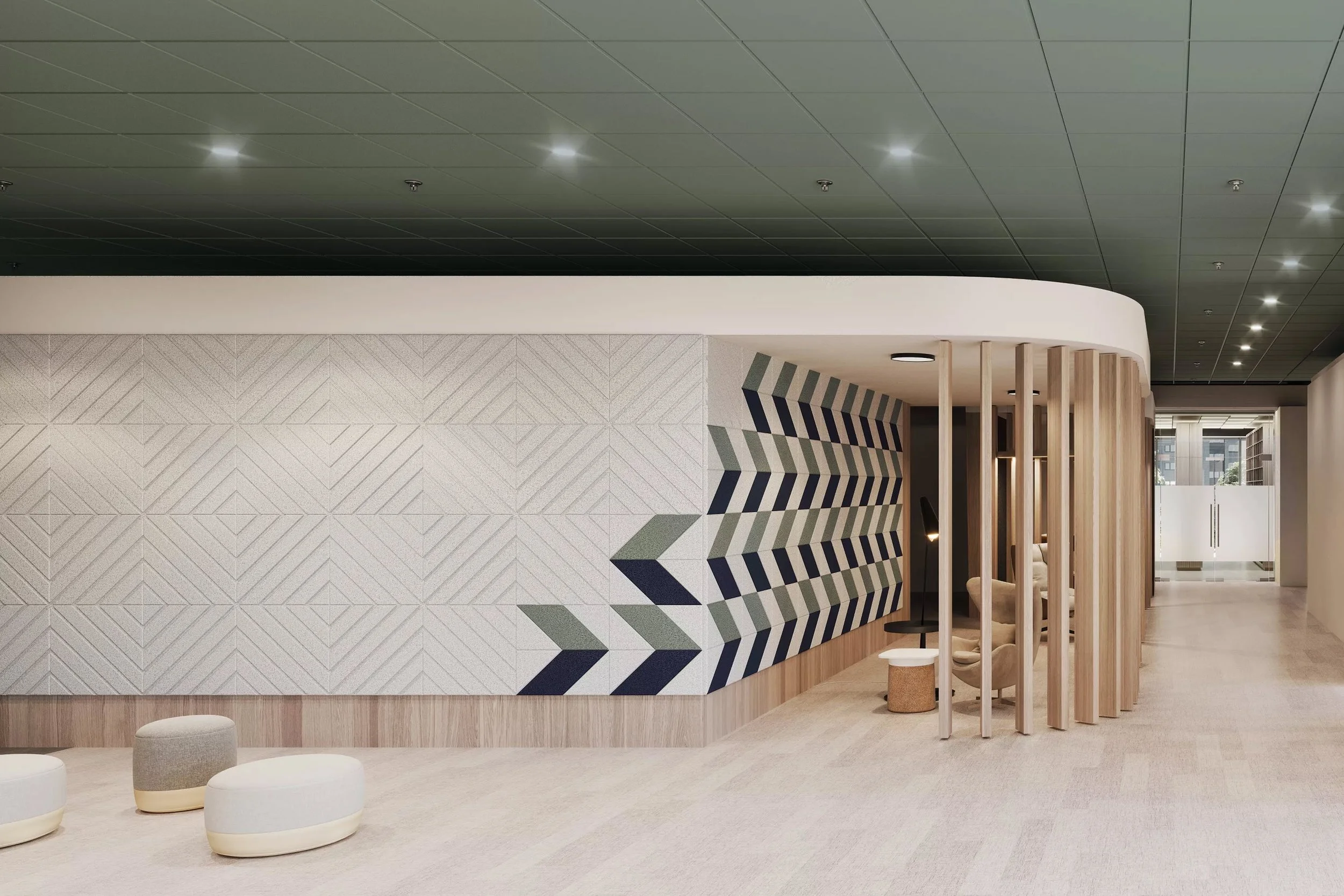 Image 1 of 12
Image 1 of 12

 Image 2 of 12
Image 2 of 12

 Image 3 of 12
Image 3 of 12

 Image 4 of 12
Image 4 of 12

 Image 5 of 12
Image 5 of 12

 Image 6 of 12
Image 6 of 12

 Image 7 of 12
Image 7 of 12

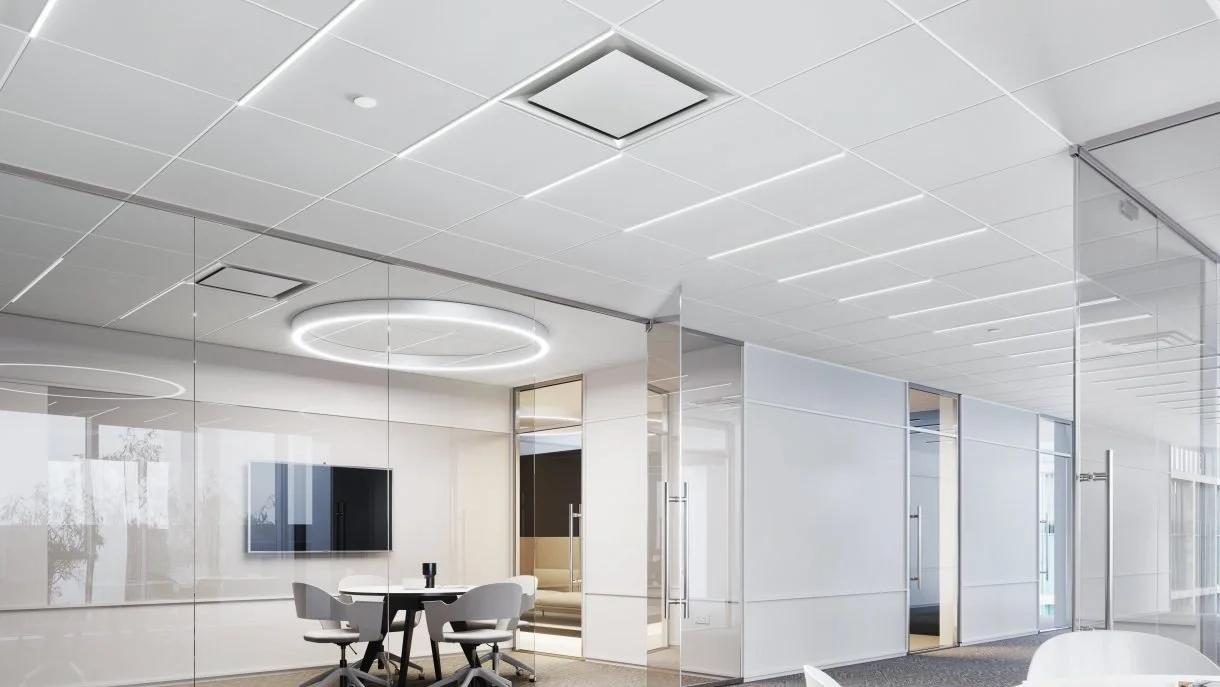 Image 8 of 12
Image 8 of 12

 Image 9 of 12
Image 9 of 12

 Image 10 of 12
Image 10 of 12

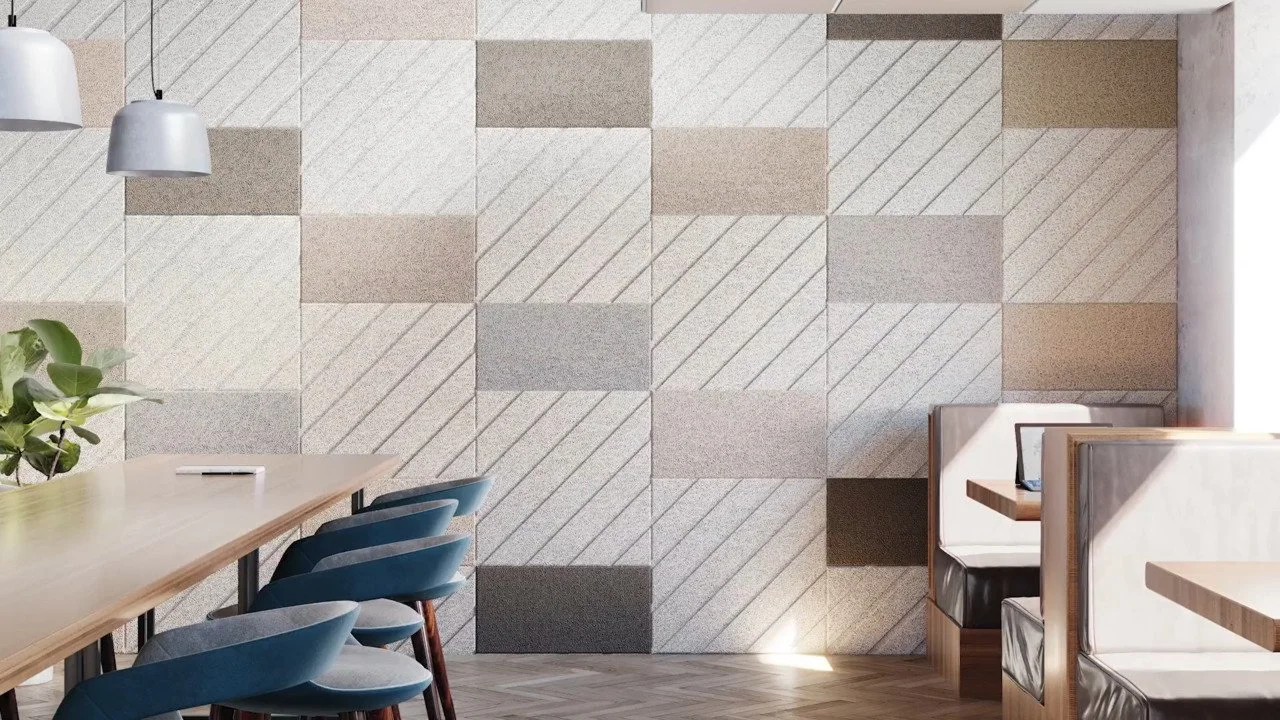 Image 11 of 12
Image 11 of 12

 Image 12 of 12
Image 12 of 12













Armstrong ceilings, floors and wall systems are guided by ESG governance
Armstrong is a leading provider of sustainable building materials, offering a wide range of innovative solutions for flooring, ceilings, and wall systems. The company was founded in 1860 and has since grown to become a global leader in the building materials industry. Armstrong's mission focuses on creating high-quality, sustainable products that enhance the quality of life while minimizing environmental impact. Core values include sustainability, innovation, and quality, with a purpose to lead the industry in sustainable practices and innovative design.
Location
Headquarters: Lancaster, Pennsylvania, USA.
Primary manufacturing/operations locations: Various locations across the USA, Europe, and Asia.
Note: Strategic global locations to optimize local sourcing, distribution, and collaboration with industry partners.
The Circular Vision
Core circular economy principles: Designing out waste, using recycled and bio-based materials, and creating products that are fully recyclable.
Key innovations: Development of sustainable flooring options incorporating recycled materials such as reclaimed wood, vinyl, and carpet tiles. Armstrong's ceiling systems utilize recycled content and eco-friendly materials, and the company offers sustainable wall system solutions with recycled content.
Prioritization of local sourcing and closed-loop supply chains: Emphasis on using locally sourced materials and sustainable production methods to minimize environmental impact and support local economies.
Pioneering Solutions
Flagship products: Sustainable flooring options, ceiling systems, and wall systems.
Unique value propositions: High-quality, sustainable building materials that prioritize circularity, material reuse, and environmental responsibility. Armstrong's products are known for their durability, innovative design, and ability to create comfortable and aesthetically pleasing environments.
The Regenerative Future
R&D focus areas: Advancing sustainable materials, optimizing production processes, and developing new applications for building materials.
Ambitious goals: To lead the building materials industry in sustainable practices, create zero-waste products, and inspire a shift towards a regenerative approach to material design.
Fact Sheet
Commercial Availability: Products available globally through direct sales, distributors, and retail partners.
Environmental Product Declaration (EPD): Available for many product categories, providing transparency on the sustainable character of products.
Circularity Rating: 5/5 (Strong focus on circular economy principles).
Key Certifications: Cradle to Cradle, LEED, WELL, ISO 14001.
Cost Rating: 4/5 (Competitive with conventional alternatives, with significant cost savings in sustainable materials).
Material Passport: Detailed material traceability and use of recycled and sustainable materials.
Designed for Disassembly: Yes, products are designed for easy disassembly and recycling.
Carbon Performance: Focus on reducing carbon footprint through sustainable materials and local production. Committed to achieving net-zero greenhouse gas emissions.
Key Takeaway
Armstrong transforms the building materials industry through innovative, sustainable solutions, setting a benchmark for circularity and environmental responsibility in modern construction and design.
Explore Further
Armstrong website: https://www.armstrong.com
Example product: Sustainable Ceiling Systems
Armstrong is a leading provider of sustainable building materials, offering a wide range of innovative solutions for flooring, ceilings, and wall systems. The company was founded in 1860 and has since grown to become a global leader in the building materials industry. Armstrong's mission focuses on creating high-quality, sustainable products that enhance the quality of life while minimizing environmental impact. Core values include sustainability, innovation, and quality, with a purpose to lead the industry in sustainable practices and innovative design.
Location
Headquarters: Lancaster, Pennsylvania, USA.
Primary manufacturing/operations locations: Various locations across the USA, Europe, and Asia.
Note: Strategic global locations to optimize local sourcing, distribution, and collaboration with industry partners.
The Circular Vision
Core circular economy principles: Designing out waste, using recycled and bio-based materials, and creating products that are fully recyclable.
Key innovations: Development of sustainable flooring options incorporating recycled materials such as reclaimed wood, vinyl, and carpet tiles. Armstrong's ceiling systems utilize recycled content and eco-friendly materials, and the company offers sustainable wall system solutions with recycled content.
Prioritization of local sourcing and closed-loop supply chains: Emphasis on using locally sourced materials and sustainable production methods to minimize environmental impact and support local economies.
Pioneering Solutions
Flagship products: Sustainable flooring options, ceiling systems, and wall systems.
Unique value propositions: High-quality, sustainable building materials that prioritize circularity, material reuse, and environmental responsibility. Armstrong's products are known for their durability, innovative design, and ability to create comfortable and aesthetically pleasing environments.
The Regenerative Future
R&D focus areas: Advancing sustainable materials, optimizing production processes, and developing new applications for building materials.
Ambitious goals: To lead the building materials industry in sustainable practices, create zero-waste products, and inspire a shift towards a regenerative approach to material design.
Fact Sheet
Commercial Availability: Products available globally through direct sales, distributors, and retail partners.
Environmental Product Declaration (EPD): Available for many product categories, providing transparency on the sustainable character of products.
Circularity Rating: 5/5 (Strong focus on circular economy principles).
Key Certifications: Cradle to Cradle, LEED, WELL, ISO 14001.
Cost Rating: 4/5 (Competitive with conventional alternatives, with significant cost savings in sustainable materials).
Material Passport: Detailed material traceability and use of recycled and sustainable materials.
Designed for Disassembly: Yes, products are designed for easy disassembly and recycling.
Carbon Performance: Focus on reducing carbon footprint through sustainable materials and local production. Committed to achieving net-zero greenhouse gas emissions.
Key Takeaway
Armstrong transforms the building materials industry through innovative, sustainable solutions, setting a benchmark for circularity and environmental responsibility in modern construction and design.
Explore Further
Armstrong website: https://www.armstrong.com
Example product: Sustainable Ceiling Systems


